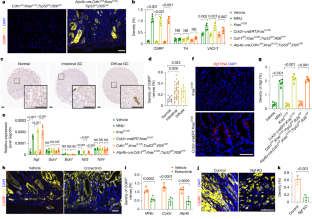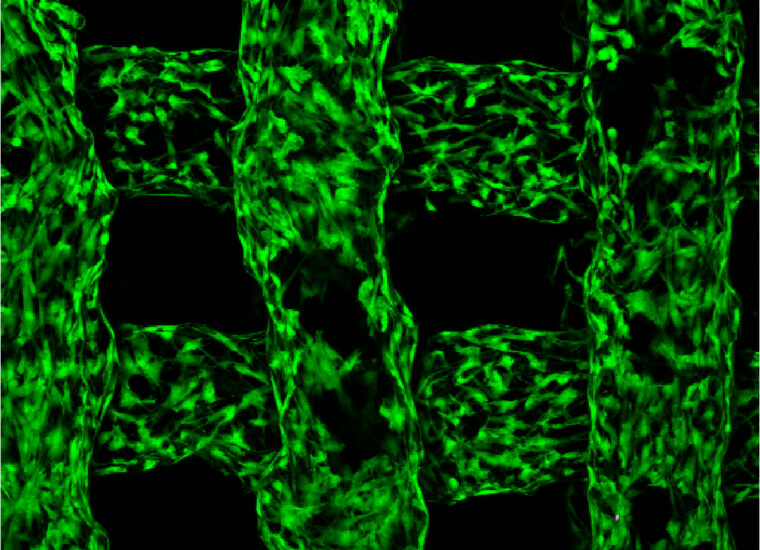2025-02-20 ミュンヘン大学(LMU)
<関連情報>
- https://www.lmu.de/en/newsroom/news-overview/news/geomicrobiology-the-habitat-of-the-first-animals.html
- https://www.science.org/doi/10.1126/sciadv.adt2147
新生代底生生物における真核生物の捕食を促進した藻類の台頭 The Rise of Algae promoted eukaryote predation in the Neoproterozoic benthos
Daniel B. Mills, Aurèle Vuillemin, Katharina Muschler, Ömer K. Coskun, and William D. Orsi
Science Advances Published:19 Feb 2025

Abstract
The proliferation of marine algae in the Neoproterozoic Era is thought to have stimulated the ecology of predatory microbial eukaryotes. To test this proposal, we introduced algal particulate matter (APM) to marine sediments underlying a modern marine oxygen minimum zone with bottom-water oxygen concentrations approximating those of the late Neoproterozoic water column. We found that under anoxia, APM significantly stimulated microbial eukaryote gene expression, particularly genes involved in anaerobic energy metabolism and phagocytosis, and increased the relative abundance of 18S rRNA from known predatory clades. We additionally confirmed that APM promoted the reproduction of benthic foraminifera under anoxia with higher-than-expected net growth efficiencies. Overall, our findings suggest that algal biomass exported to the Neoproterozoic benthos stimulated the ecology of benthic predatory protists under anoxia, thereby creating more modern food webs by enhancing the transfer of fixed carbon and energy to eukaryotes occupying higher trophic levels, including the earliest benthic metazoans.


